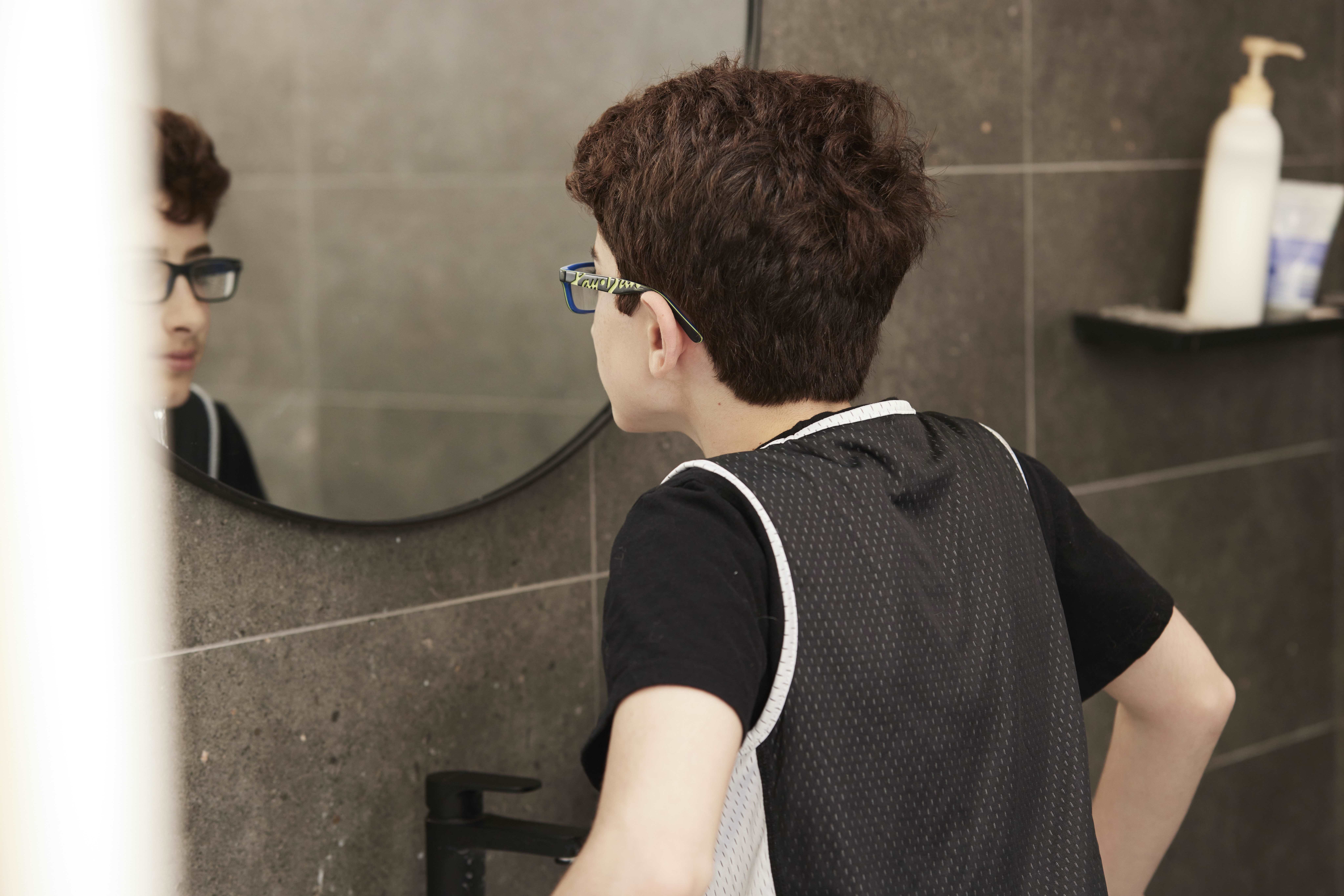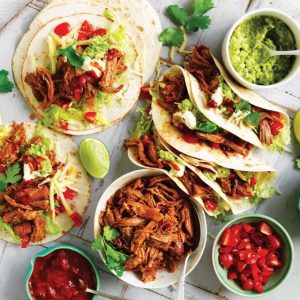Family relocation is difficult. It’s not just pulling the children away from their school and friends, but it’s figuring out a way to support them in a new environment with potentially a new career. But, Australians have it good – immigration is somewhat easier for us than most of the world, so it’s definitely possible.
Inspired by the advice given on immigration2australia.com, these are the top 7 relocation tips to make moving from Australia with family that little bit easier.
Seek professional advice and start the paperwork early
Immigrating from Australia can be a very lengthy and difficult process. It’s best to begin this process much earlier than you feel you need, to give time in case anything goes wrong. Quite often there will be last-minute surprises.
But, it’s also tricky because of all the legislation and bureaucracy. Passports, birth certificates, marriage certificates, and many other documents may be required. This is where seeking professional advice may be worthwhile, like consulting an immigration lawyer to help decide which visa you need.
A good start is to use immigration-focused websites which give advice to that specific country. In fact, it can be worth reflecting on the process of moving to Australia purely to appreciate its difficulties and considerations – much of the process will be similar elsewhere, yet the local terminology will be more familiar.
 Take a vacation there before moving
Take a vacation there before moving
Reading up on a location can only do so much. When relocating with children, there’s a lot to think about, so it’s best not to add to the worries by pondering what life will be like in your new home. A vacation before moving can help put the children’s minds at rest too, particularly if you show them all the things they can do there that they enjoy back home.
If you’re still weighing up a destination, then head there during winter or off-season. Visiting Belgium or Germany, for example, is a very different experience from summer to winter. Despite being a familiar 30 degrees frequently in the summer, there are many gloomy or snowy weeks in winter. It’s best to see the place at its ‘worst’, whatever that worst is for you. So, if heading to a middle eastern country, perhaps go during the hottest month.
It’s worth using this trip as a test for how life will start out. Don’t only do vacation things – use it as a time to speak to locals, test out the new language, visit local communities, and even take a tour around the local school.
Finances
After you have gauged the local prices from your trip (prices described on the internet can often be way off, especially in high-inflation countries like Turkey), now is the time to dig deep into the cost of living. Beyond local property prices, it’s wise to calculate some of the basic costs. Here are things to consider:
- Car insurance
- Health and dental insurance/costs
- Utility bills
- Grocery prices
- Phone and internet costs
This gives a good basis to compare to your current cost of living. Of course, online subscriptions will likely remain the same.
Then, consider the local wage for your current position. In fact, expect to drop down a position or two if you don’t know the language perfectly, as you may need to gain experience in a role that you’re overqualified for. But, if you’re taking your job with you, simply read up about the tax situation.
Learn the language
Learning the language of the country you’re moving to is essential for integration. Most studies show this to be central to integration, even if it’s not perfect. One mistake many people make is assuming that because a society speaks English well as a second language, such as the Netherlands, learning the language isn’t needed.
Whilst it’s true that you can easily get by, local friendship groups will want to speak their native tongue – you don’t want to be the reason everybody is speaking their second language all the time. Additionally, entering the local labor market will be much easier if you have a basic grasp of the language, as well as children starting in a new school.
Learning the basics should be done way in advance. This will give you an advantage, where you will impress the locals with existing knowledge so they will be more likely to help you out. If you turn up with nothing, the image of not caring will make locals less likely to teach you.
To learn the basics, search a mixture of Duolingo, Youtube, podcasts, and internet dictionaries. One of the most effective ways of learning a language is through stories. By reading and examining foreign stories, your brain becomes more engaged with the material and vocabulary. Plus, children can read stories they already know in a foreign language to get a head start.

Connect with the local community before you move
Feeling like an alien, disconnected from everybody else, is not a nice feeling. But, integrating into a new community is tricky and overwhelming. For this reason, it’s wise to begin expanding your social circle before you make the move. This is important for both children and parents.
One of the most popular ways to do this is through Facebook groups. Most towns will have many different groups that you can join. For example, a local running club, meet-up groups, or school pages. In a matter of seconds, you can post asking to join in on some community get-togethers, or simply introduce yourself and ask for tips.
There may be an existing expat or digital nomad community. This is a tricky one, because whilst it’s great to have friends that are going through a similar process, you don’t want to only hang around in such circles.
Prepare to embrace cultural differences
It’s quite possible that you go through a culture shock – or a value shock – and there’s not a lot you can do to prepare for that. Certainly, it’s important to read up on some obvious differences, but many will just arise out of the blue. The key here is to be open. Seeing as you are the guest (at first), the burden is on you to adjust, not the world around you.
Moving from Australia with children, they will certainly have ideas about what’s normal and abnormal (and often won’t be afraid of saying it in public). Of course, this is something you need to warn your children about. But, do not fret, as the kids will likely adapt far quicker than you, simply because children are more open-minded with current values less ingrained.
Perhaps the worst situation to be in is to be close-minded about changing your own values or adapting to a new way of life – you will never feel at home. So, whilst it’s good to have an expat community or find foreign restaurants that your hometown has, the quickest way to learn is to learn the language and indulge in local culture. Head to the cafes that the local tradesmen drink at over Starbucks, for example.
Give it time
It’s common to instantly feel homesick and like your decision was regretful. But, this is normal and, very often, will pass. Whilst it’s no guarantee that you were right in thinking the grass was greener, you need to give it your best shot before turning back. This is particularly important to remind the children of, but it can be hard work finding them new activities, friends, and a routine. Don’t let this put you off though. Even if things don’t work out, you will have gained invaluable experiences, broadened your own perspective, and may even have a new appreciation for Australia upon returning back.










































